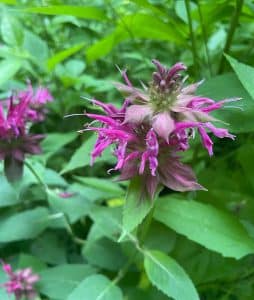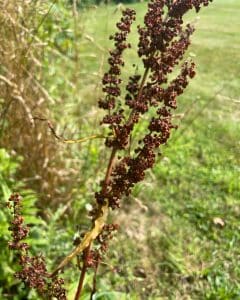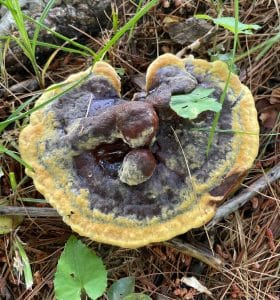Page Created by Connecticut Foraging Club
Upcoming Events | Meet the Instructors | Plant Archive | Mushroom Archive
----------------
Upcoming Events | Meet the Instructors | Plant Archive | Mushroom Archive
----------------
Turkey tail (Trametes versicolor) is one of the most researched medicinal mushrooms. It is very common and grows world-wide. It has many look-a-likes, but no look-a-likes are toxic.
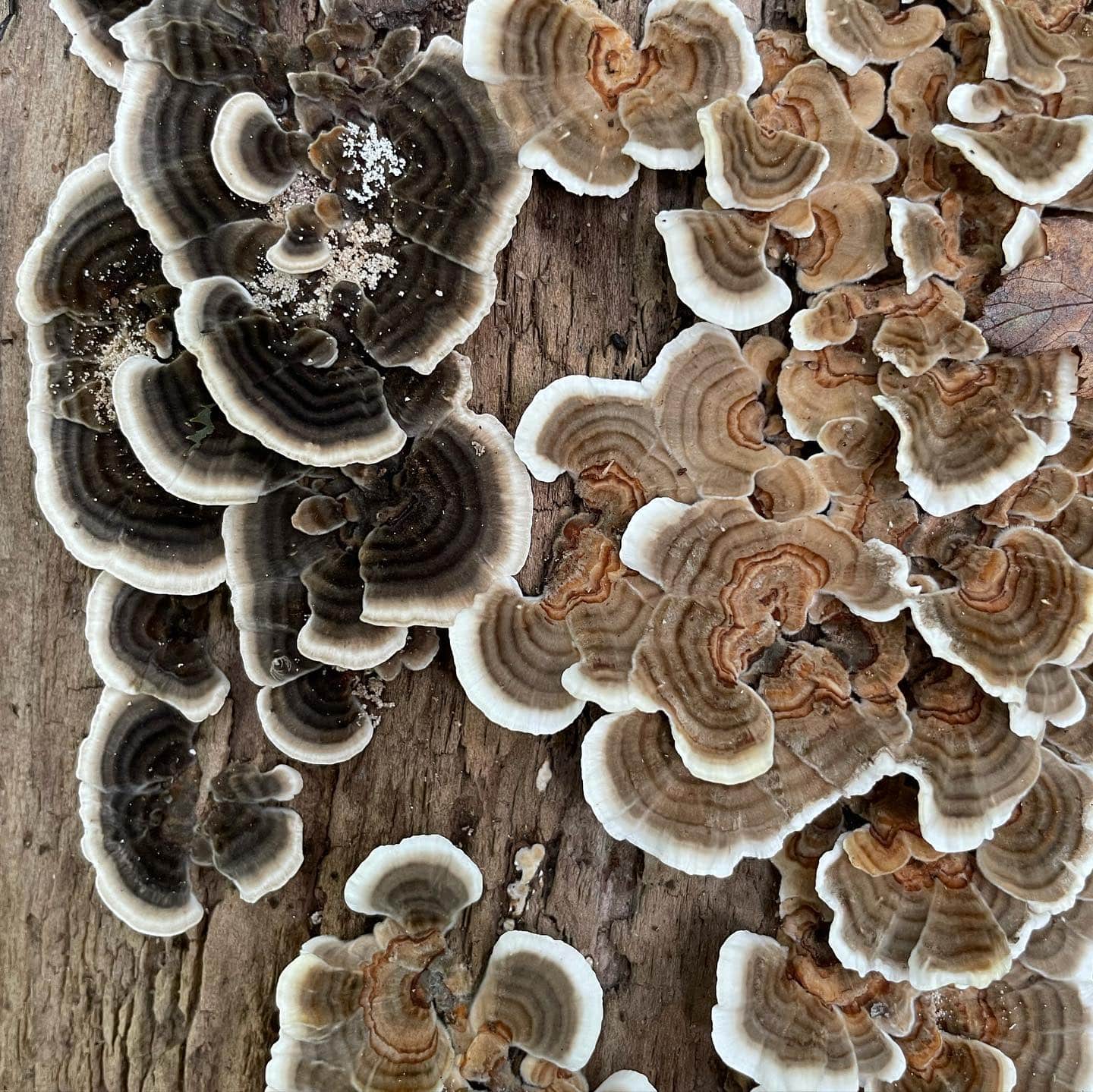
Turkey tail fruits most often from June-November on a wide variety of hardwoods and occasionally conifers. It is a saprobic fungus (decomposer) so will be found on decaying wood, stumps, and logs. They produce shelving or rosette clusters on the wood.

Turkey tail is named for its resemblance to a turkey’s tail. It has multicolored concentric zones on its cap that can be reddish-brown, orange, blue, green, or white. No two turkey tails look alike.
Turkey tails may persist on wood for 2-3 years, but when the mushroom is fresh it will have white spores and flexible flesh.
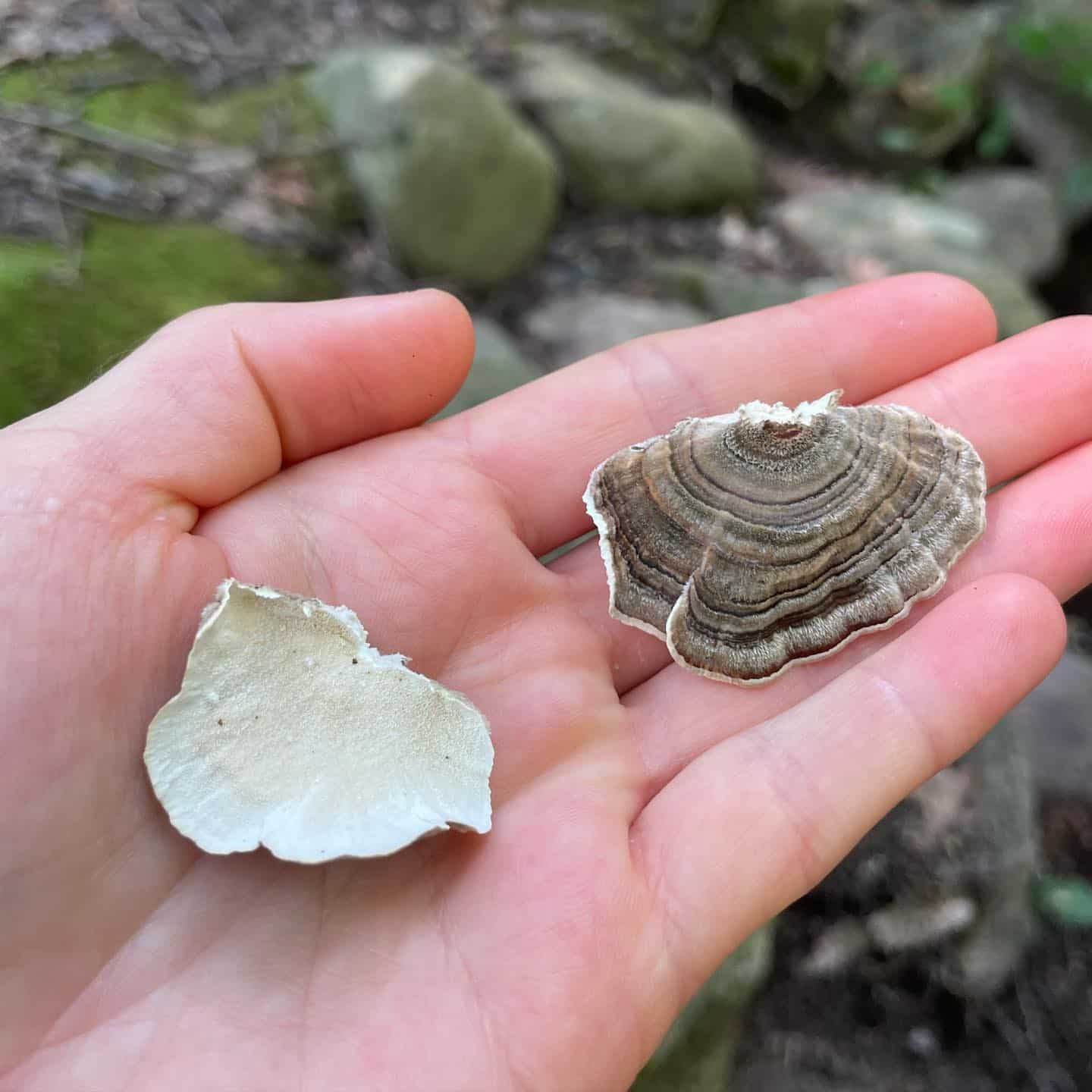
The most substantial research on turkey tail is on its use as an adjunct to cancer treatment for colorectal cancer and leukemia. Turkey tail has also been found to decrease fatigue in patients with Chronic Fatigue Syndrome, decrease inflammation in mice with Irritable Bowel Syndrome, and improve grip strength in mice.


--
Written by Amy Demers, founder of the Connecticut Foraging Club. To learn more about foraging in Connecticut, check out our upcoming classes.

